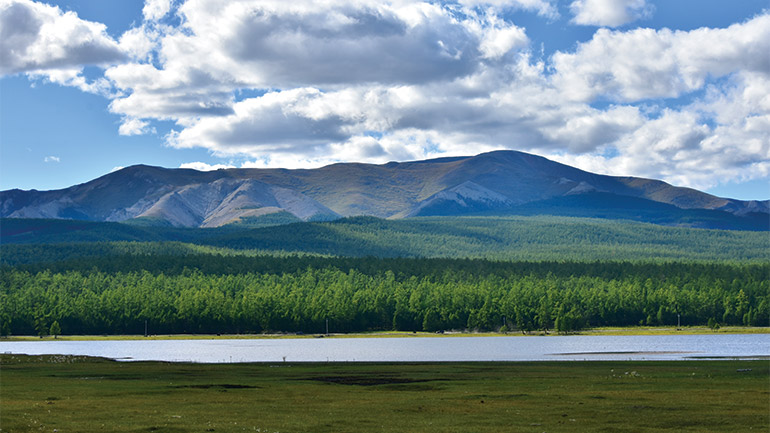
While most of Mongolia’s water is surface water from lakes, glaciers and rivers, 80 percent of the water used is groundwater — mostly for agriculture. Because of this substantial groundwater use, DWFI-supported student Khulan Basukh is calculating groundwater recharge at certain points and geographical zones in the country.
Basukh, a native of Mongolia, is just getting started with her study, but will eventually use meteorological and remote sensing data to better understand how factors such as precipitation, evapotranspiration and soil type can affect groundwater recharge and which factor has the most impact. Basukh will use modeling tools new to groundwater recharge research in Mongolia.
Basukh hopes her research will help Mongolian water managers and producers gain more knowledge about the water table in her home country, so it can be used to increase water use efficiency.

